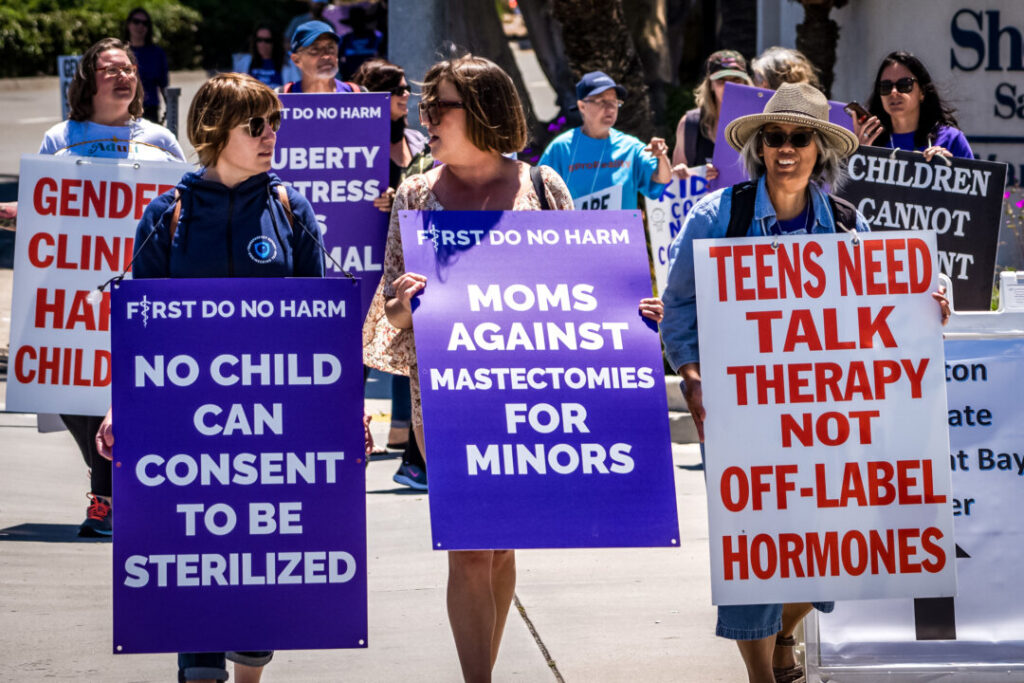
A recent report indicates a significant decline in transgender identification among young Americans, particularly within Generation Z. The study, conducted by Eric Kaufmann, a professor of politics at the University of Buckingham, reveals that the percentage of college-age students identifying as transgender has sharply decreased since its peak in 2023.
The report, titled “The Decline of Trans and Queer Identity among Young Americans,” aggregates data from seven different sources, reflecting a comprehensive analysis of current trends among this demographic. According to findings from the Centre for Heterodox Social Science, an organization known for promoting open inquiry in academia, transgender identification among college students has fallen from 7 percent to 4 percent. This striking reduction suggests a notable shift in self-identification trends among young people.
Significant Drop in Nonbinary Identification
In addition to the decline in transgender identification, the report highlights a similar trend among individuals identifying as nonbinary, a term used to describe those who do not exclusively identify as male or female. Data from three out of five sources analyzed shows that the number of nonbinary individuals has also halved during this period. This decline raises questions about the evolving nature of gender identity among younger generations in the United States.
The implications of these findings are significant, not only for the individuals involved but also for policymakers, educators, and mental health professionals who work with young adults. As cultural attitudes toward gender identity evolve, understanding these shifts becomes crucial for providing appropriate support and resources.
Context and Future Directions
The report’s results come at a time when discussions surrounding gender identity have intensified in various sectors, including education, healthcare, and public policy. The reduction in identification rates among young Americans may reflect broader societal changes or shifts in the ways gender identity is expressed and understood.
As these trends continue to develop, further research will be necessary to explore the underlying factors contributing to these changes. Understanding the motivations behind these shifts will be essential for addressing the needs of young individuals navigating their identities in a rapidly changing social landscape.







